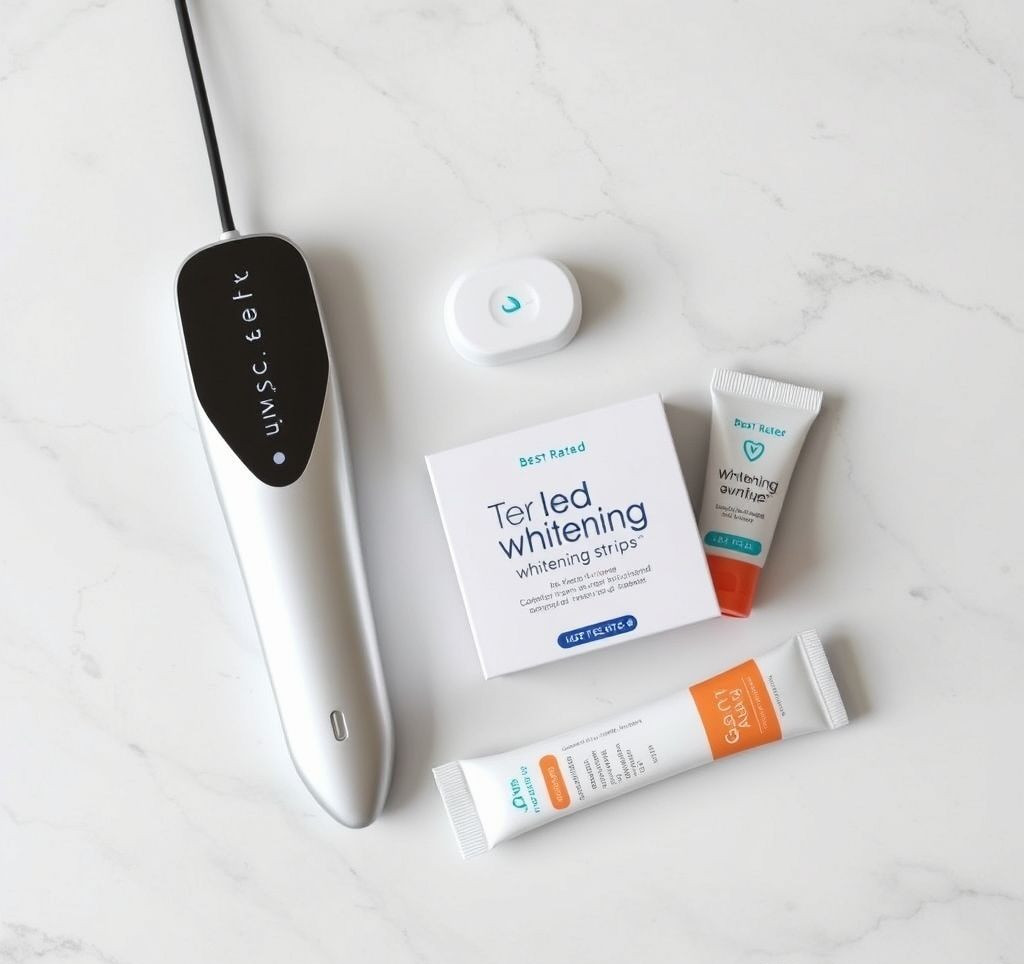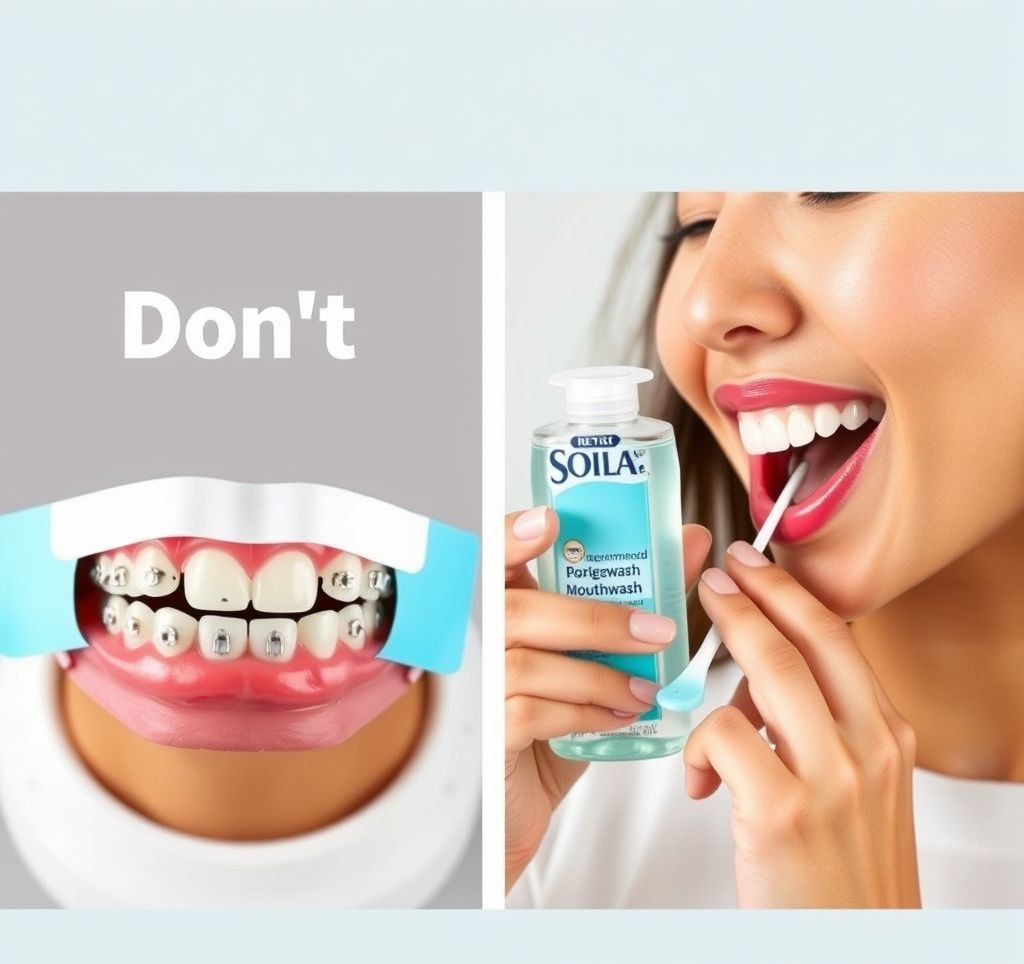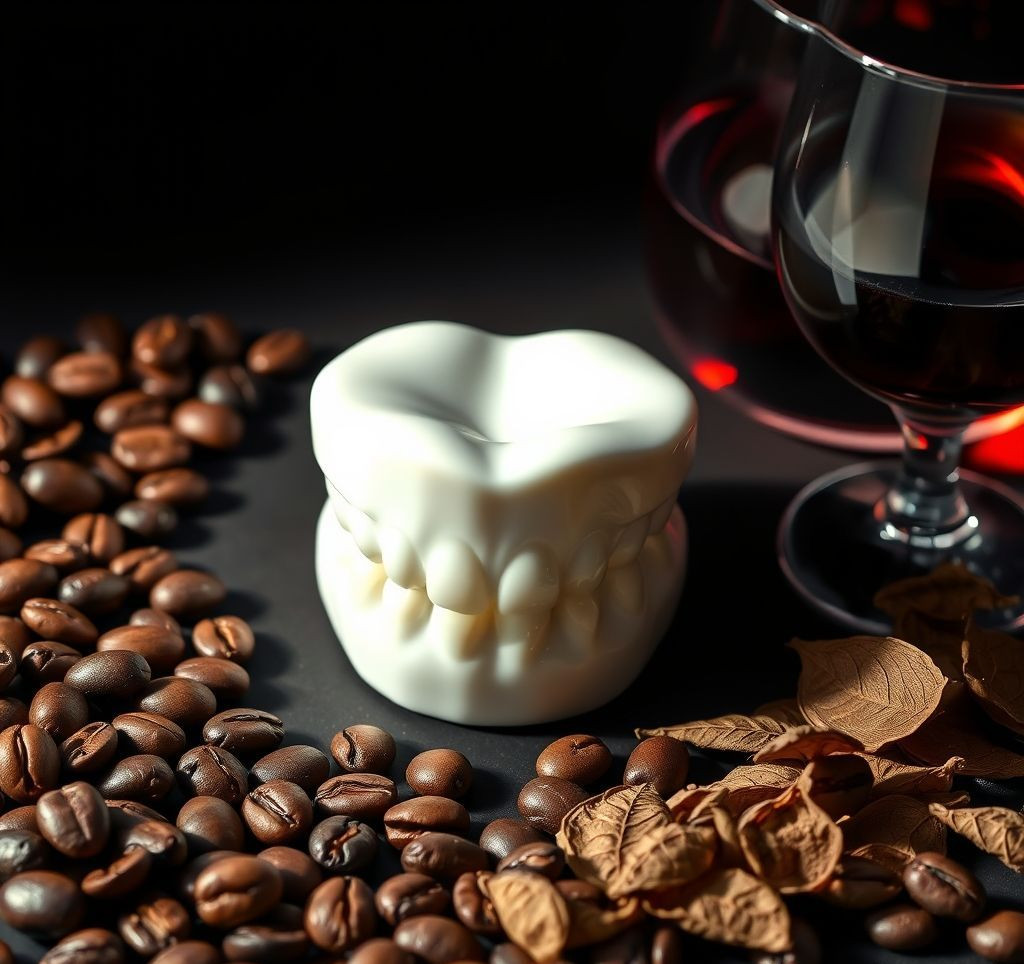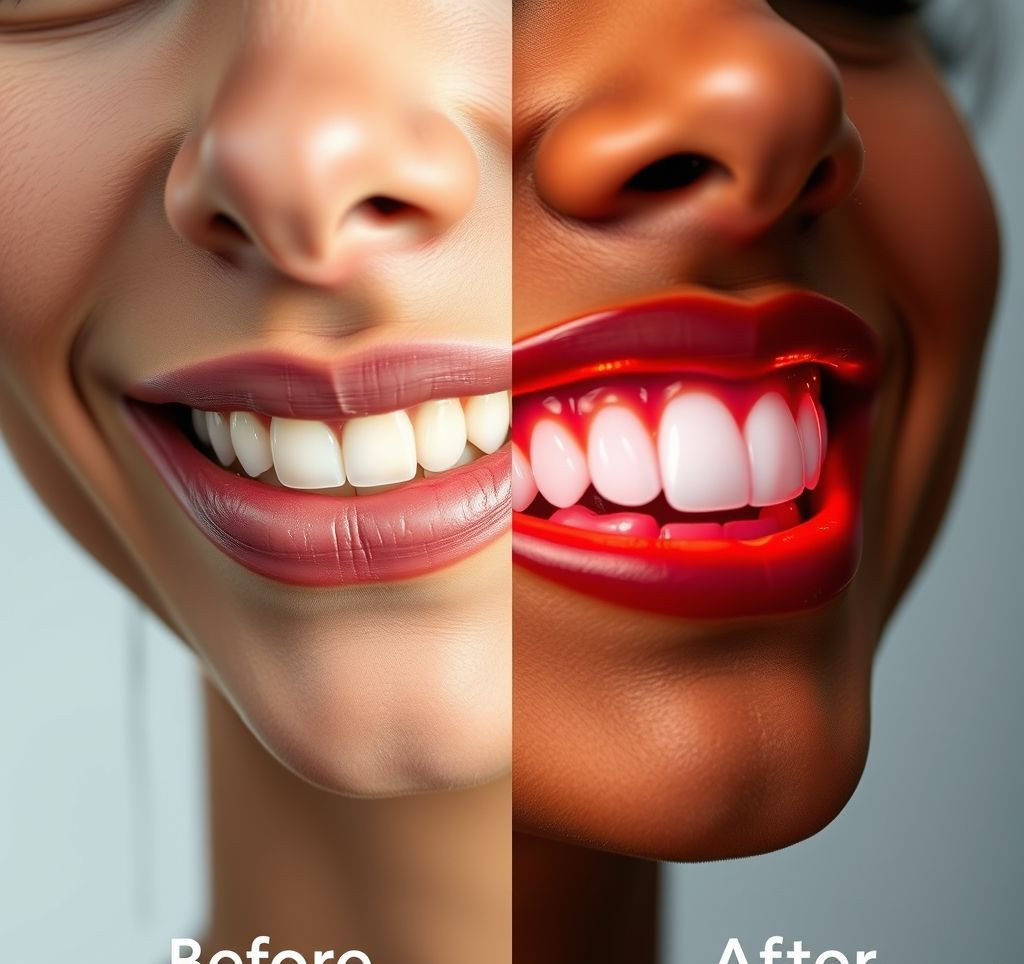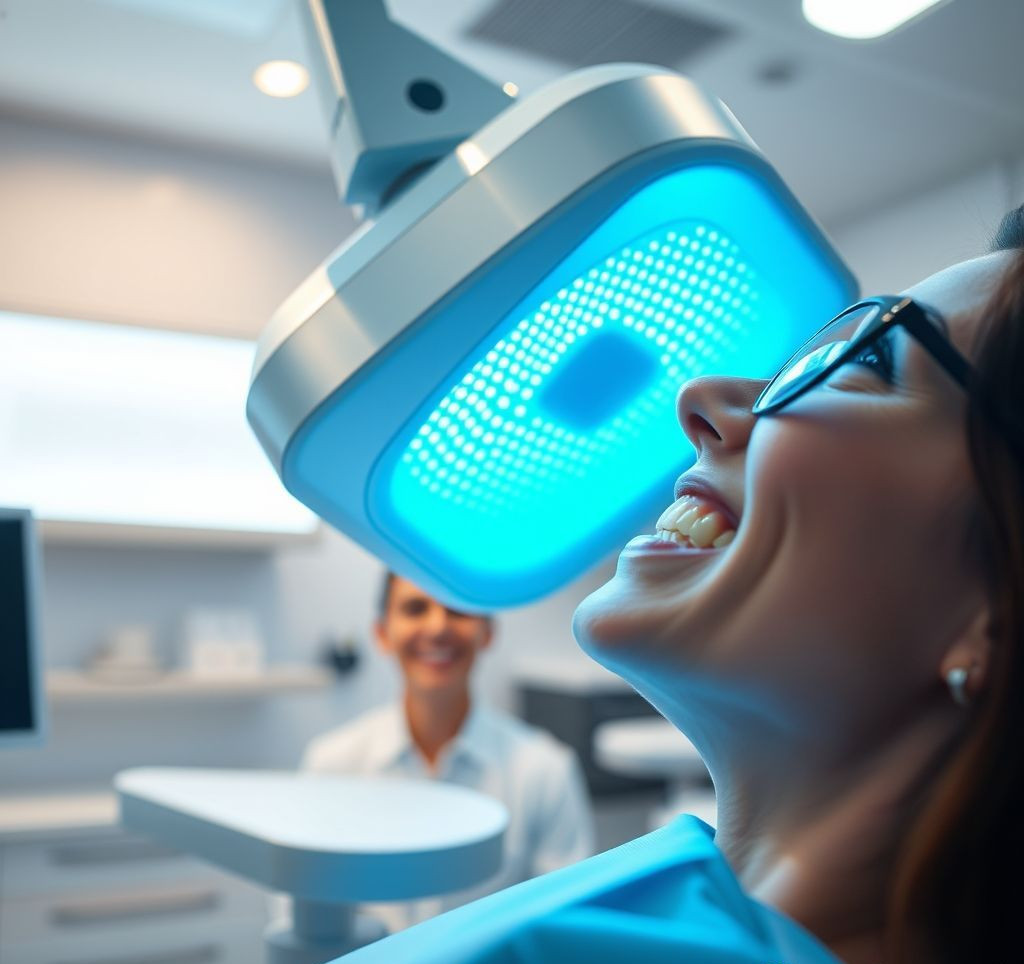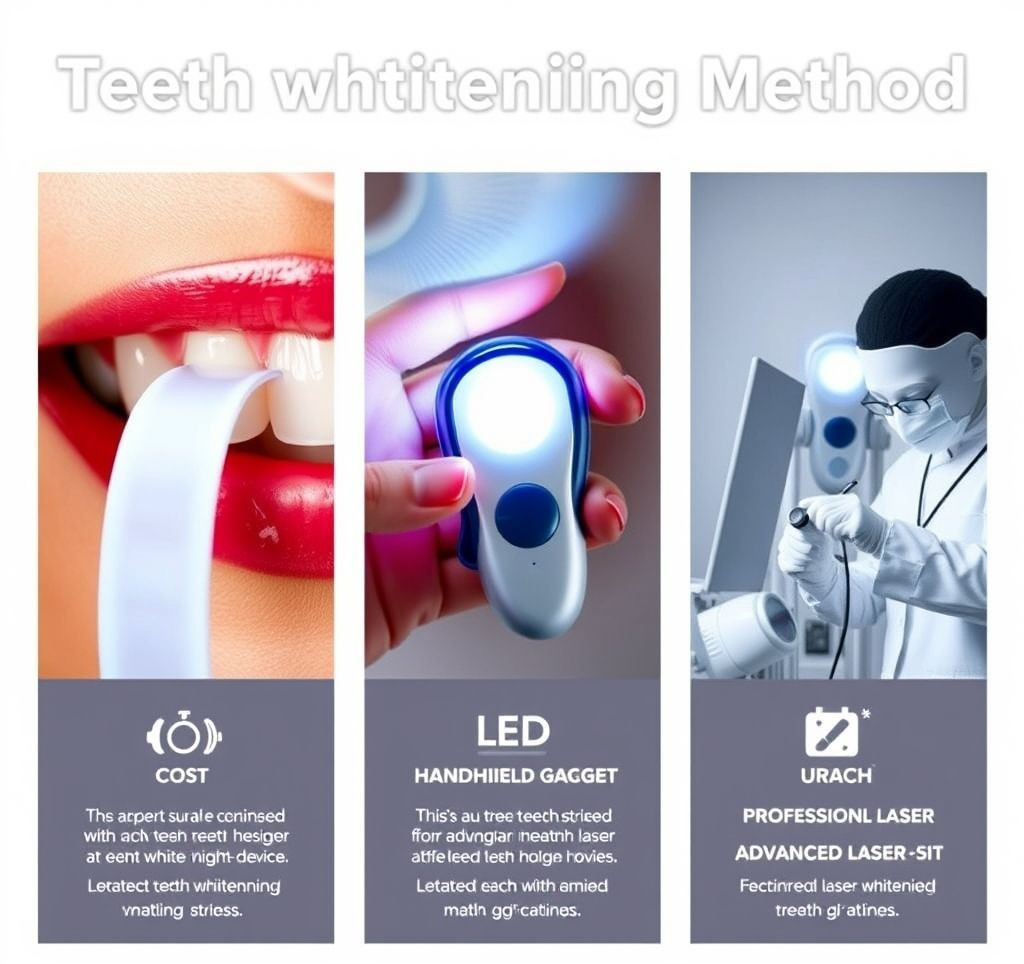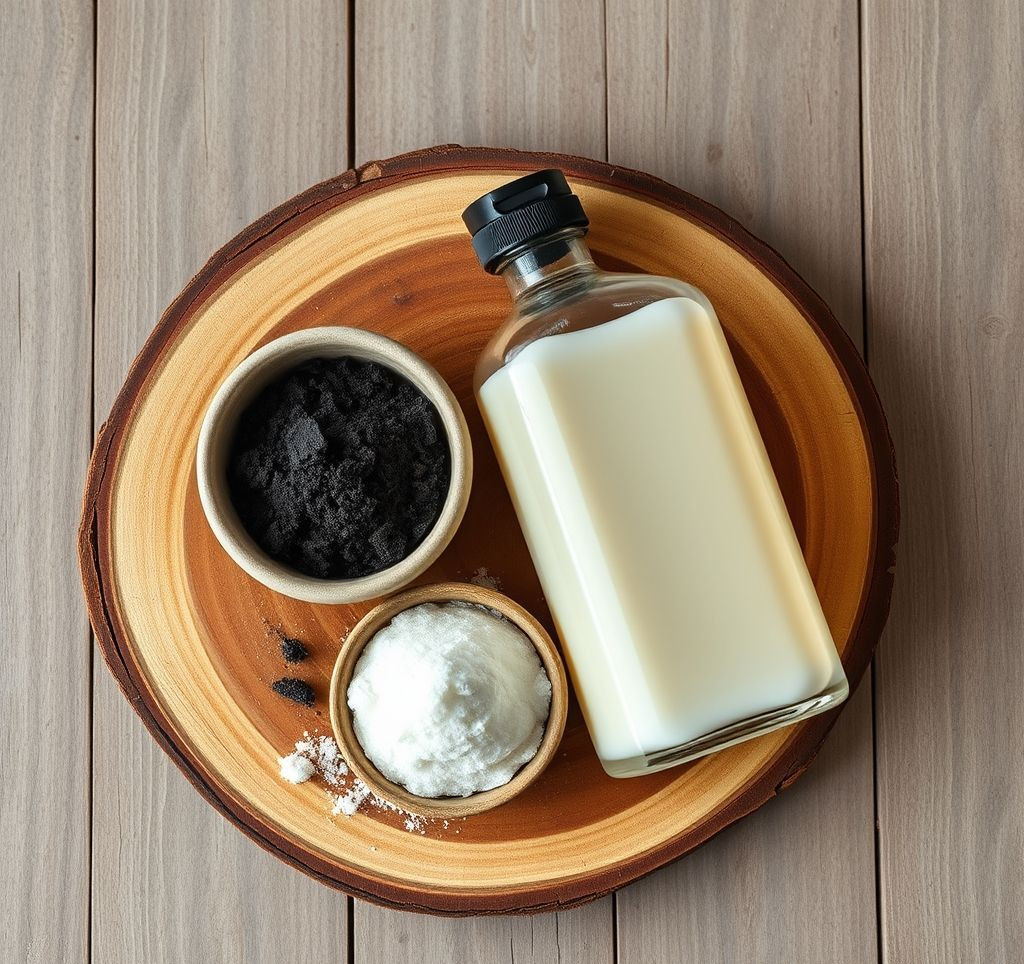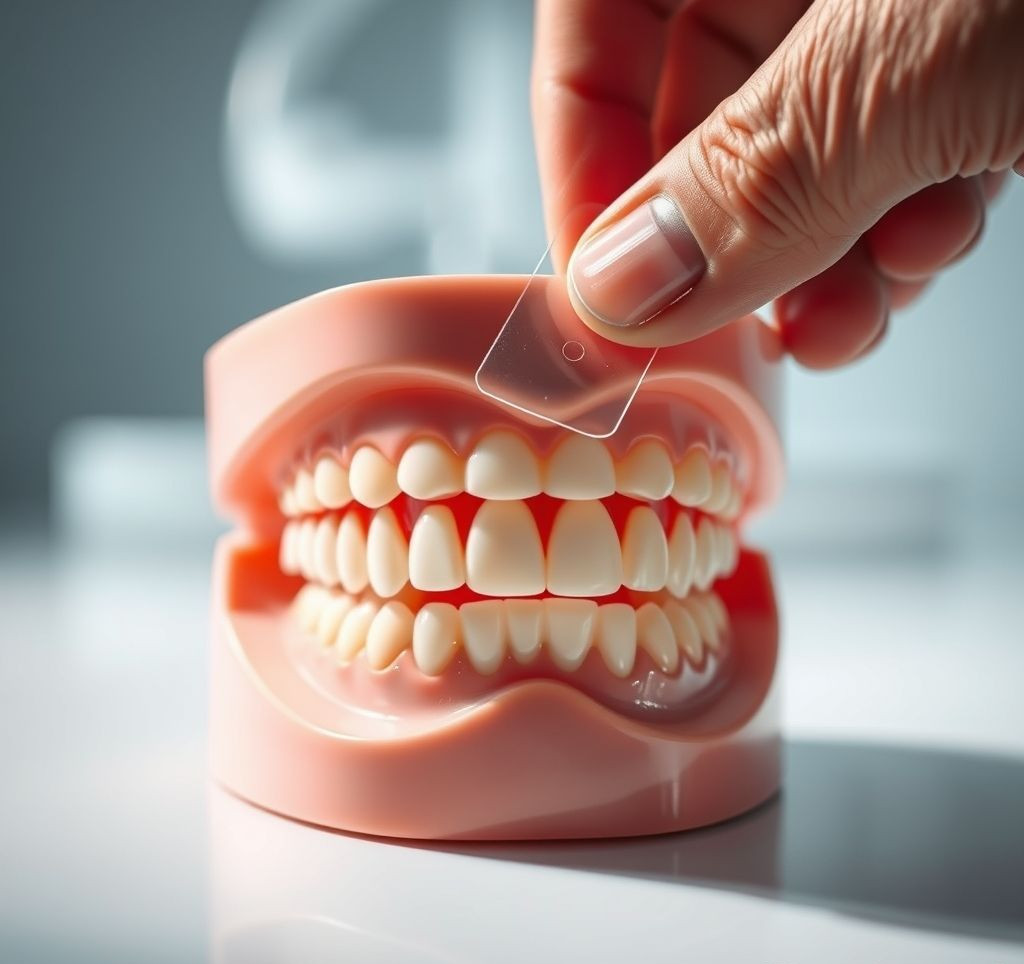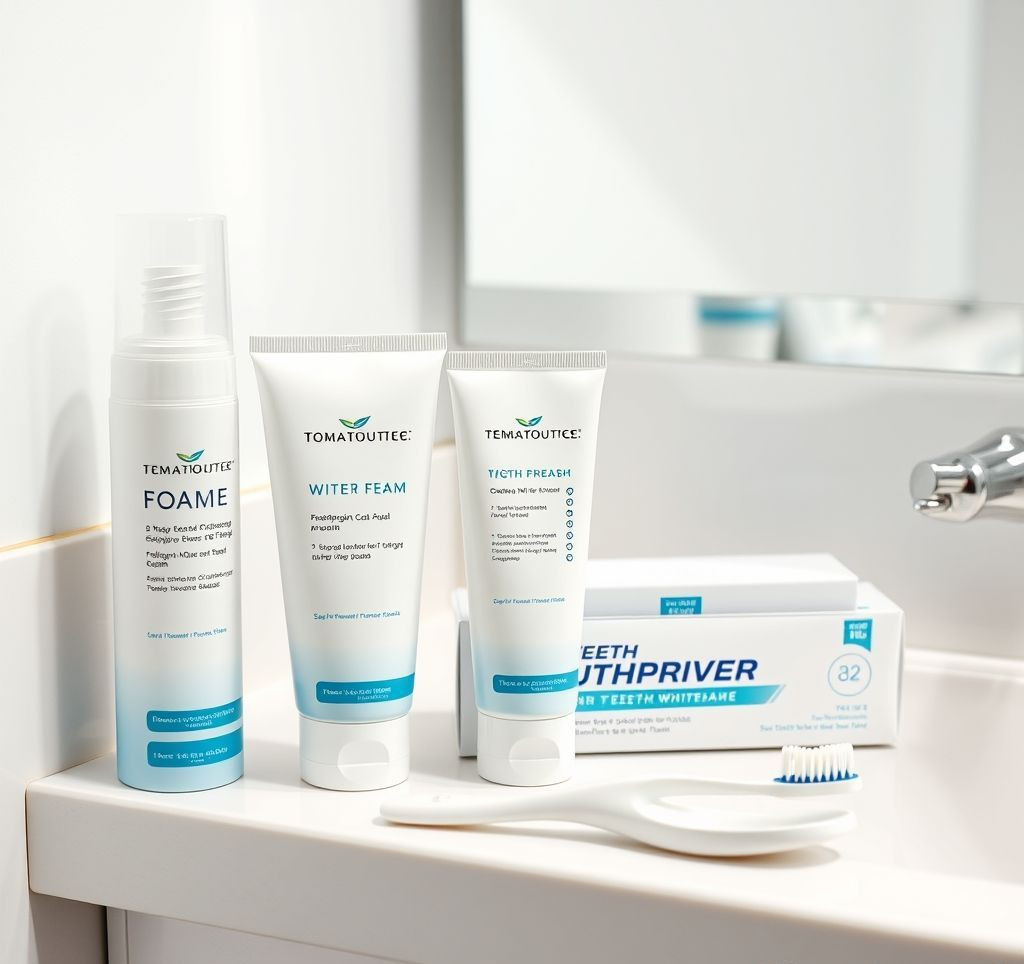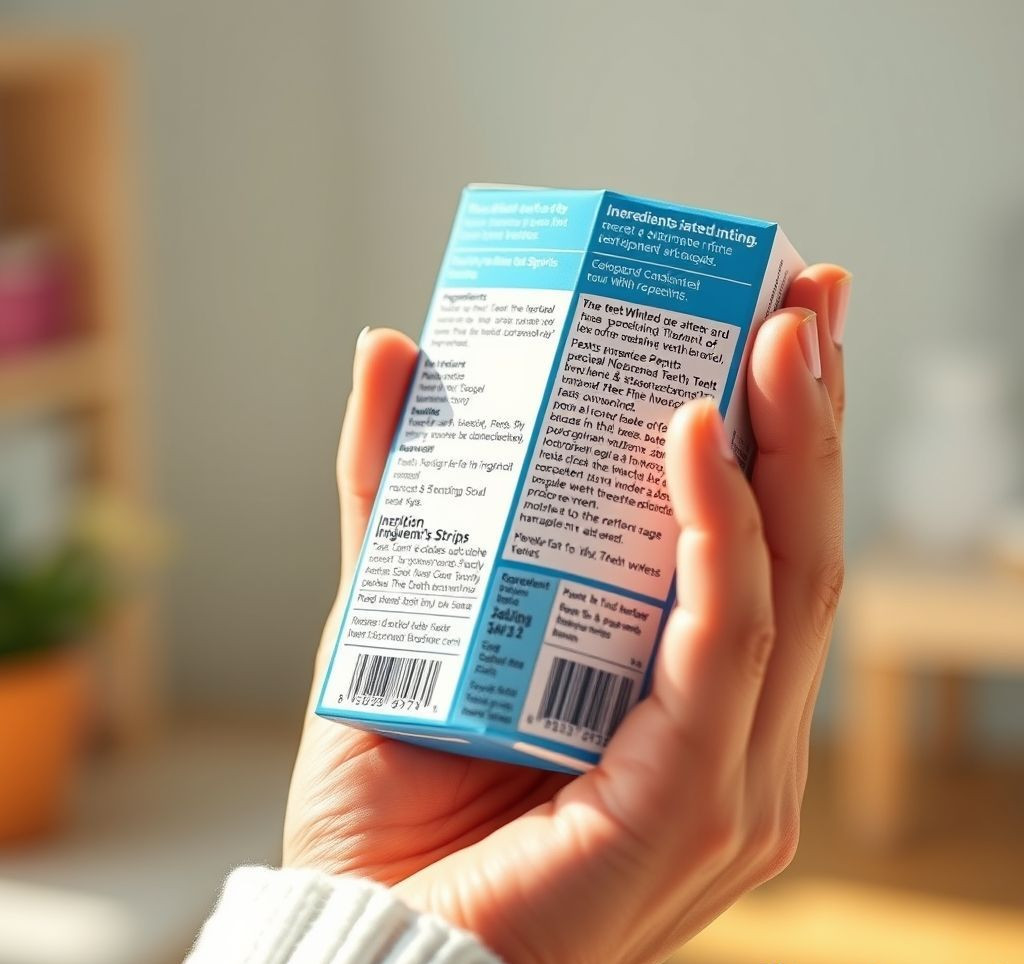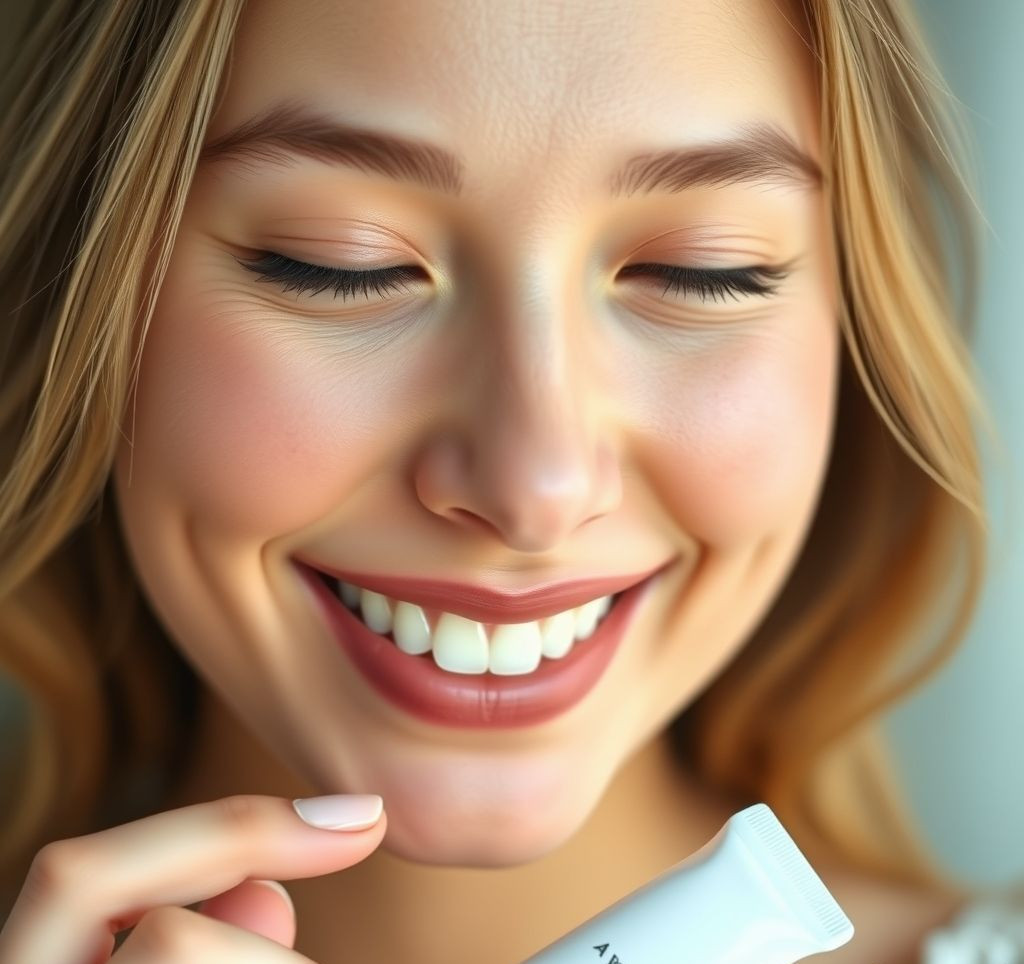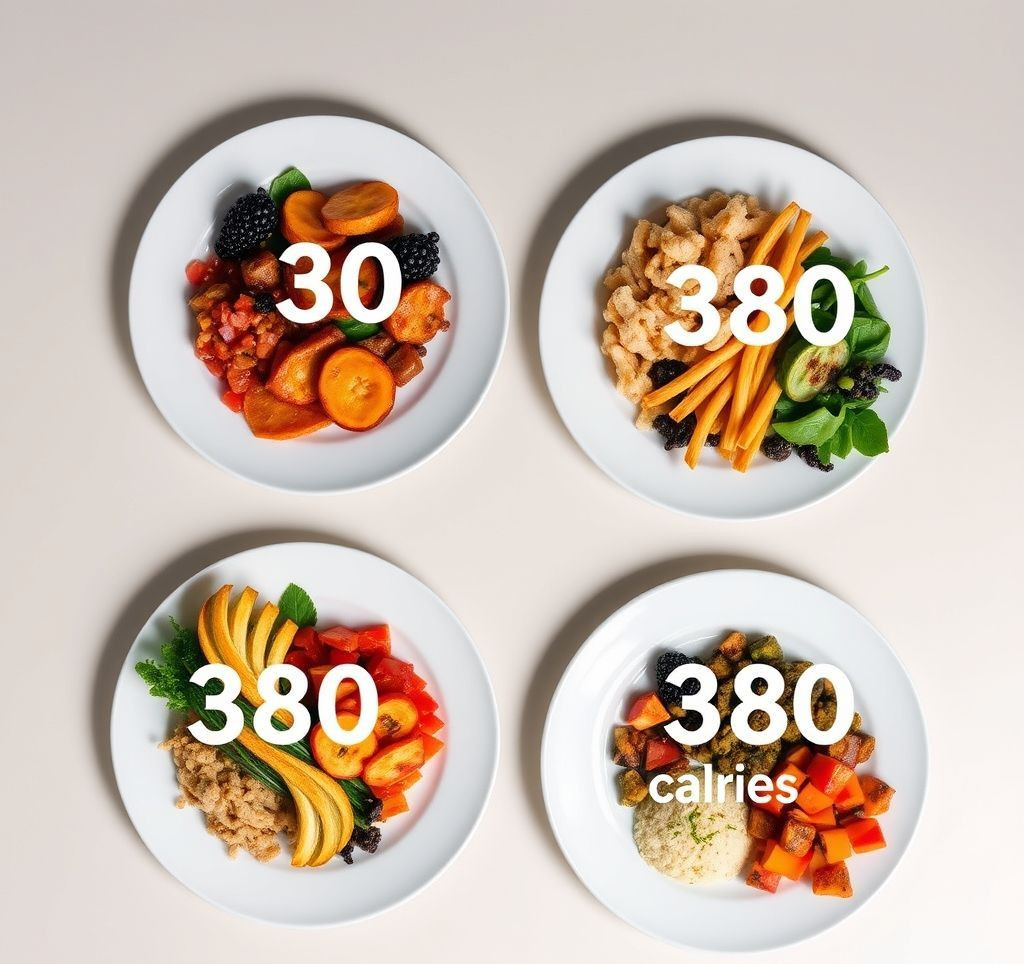A brighter smile can significantly boost your confidence and leave a lasting impression. With so many teeth whitening options available in 2024, navigating the choices can feel overwhelming. This comprehensive guide will explore the landscape of teeth whitening choices, empowering you to make an informed decision that suits your needs, budget, and lifestyle. From over-the-counter remedies to professional treatments, we’ll cover all the bases to help you achieve the radiant smile you’ve always wanted.
Why Understanding Your Teeth Whitening Choices is Crucial
Choosing the right teeth whitening approach is more than just aesthetics; it’s also about ensuring the health and well-being of your teeth. Understanding the available options allows you to:
- Minimize sensitivity: Some teeth whitening methods can cause temporary sensitivity. Knowing your options lets you choose gentler alternatives if needed.
- Maximize effectiveness: Different treatments work differently for various types of stains. Understanding the cause of your discoloration helps you pick the most effective solution.
- Protect your enamel: Certain aggressive whitening products can damage enamel if used improperly. Information empowers you to avoid these risks.
- Budget effectively: The cost of teeth whitening varies widely. Exploring the available teeth whitening options helps you find a treatment that fits your budget.
Exploring the Types of Teeth Whitening Options Available
The world of teeth whitening choices can be broadly divided into at-home treatments and professional treatments. Let’s explore the core options within each category:
- Whitening Toothpastes: These toothpastes contain mild abrasives and chemicals that help remove surface stains. They are a good maintenance option but offer limited whitening for deeper stains.
- Whitening Strips: Over-the-counter whitening strips contain peroxide-based bleaching agents. They are applied directly to the teeth and worn for a specified period.
- Whitening Gels and Trays (Over-the-Counter): These kits include a gel containing a bleaching agent and trays that mold to your teeth. While more effective than toothpastes, the concentration of the bleaching agent is lower than professional options.
- Professional Teeth Whitening (In-Office): Performed by a dentist, these treatments use higher concentrations of bleaching agents and often involve light or laser activation to accelerate the whitening process.
- Custom Whitening Trays (From Your Dentist): Your dentist creates custom-fitted trays for your teeth. You then apply a whitening gel (provided by your dentist) to the trays and wear them for a certain period each day, at home.
A Comparative Analysis of Teeth Whitening Options
To help you decide, let’s examine the pros and cons of each broad category of teeth whitening treatments:
- At-Home Whitening (Toothpastes, Strips, Gels):
- Pros: Affordable, convenient, readily available.
- Cons: Lower concentration of bleaching agents, results take longer and may be less dramatic, potential for uneven whitening if not applied correctly.
- Professional Teeth Whitening (In-Office & Custom Trays):
- Pros: Faster and more dramatic results, even and consistent whitening, dentist supervision ensures safety and minimizes sensitivity.
- Cons: Higher cost, requires appointments with a dentist.
According to the American Academy of Cosmetic Dentistry, professional teeth whitening can lighten teeth by several shades in just one treatment. This statistic highlights the power and efficiency of professionally administered teeth whitening options.
Expert Tips & Best Practices for Teeth Whitening
To maximize your teeth whitening results and minimize any potential issues, consider these expert tips:
- Consult with your dentist: Before starting any teeth whitening treatment, consult with your dentist. They can assess your teeth and gums to determine the best approach and rule out any underlying issues.
- Follow instructions carefully: Always follow the instructions provided with your chosen treatment. Overuse of whitening products can lead to sensitivity and enamel damage.
- Maintain good oral hygiene: Brush and floss regularly to remove surface stains and prevent future discoloration.
- Avoid staining foods and drinks: Limit your consumption of coffee, tea, red wine, and other staining substances, especially after whitening.
- Consider touch-up treatments: Regular touch-up treatments can help maintain your bright smile.
“The key to successful teeth whitening is understanding your options and choosing a method that is both effective and safe for your individual needs.” – Dr. Harold Katz, Founder of The California Breath Clinics.
Choosing among your teeth whitening options requires careful consideration of your individual needs and goals. By understanding the advantages and disadvantages of each method, you can confidently select the best path to a brighter, healthier smile.

